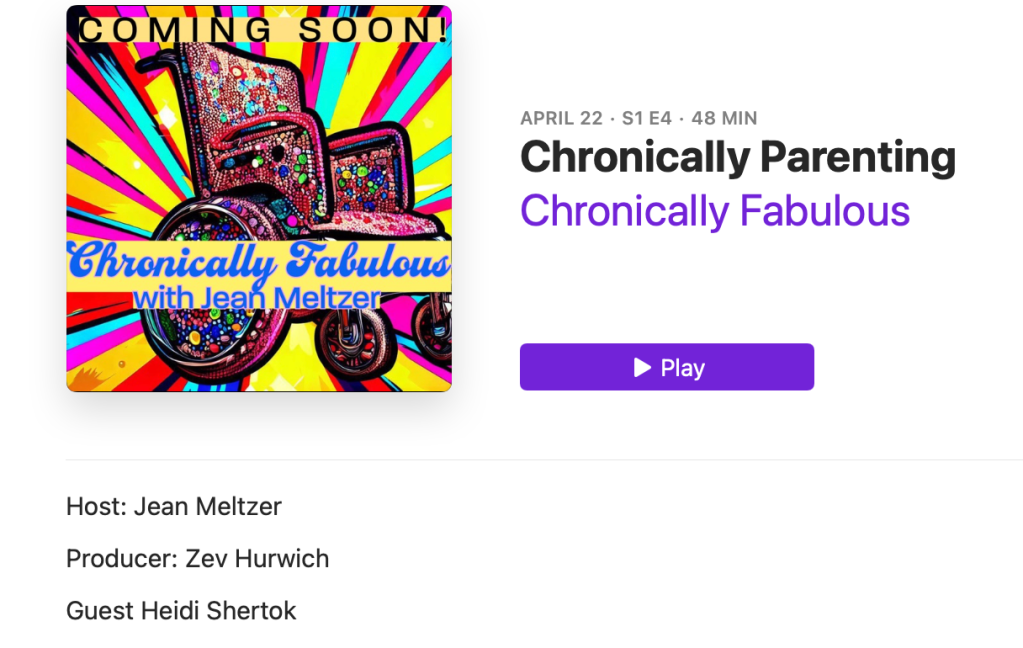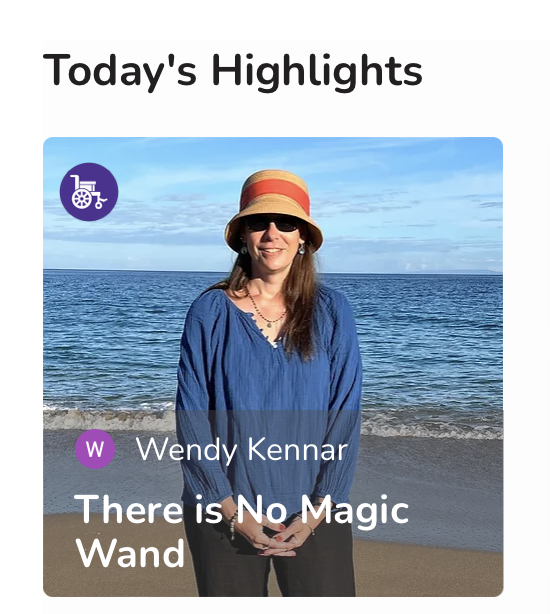“I am no longer an educator, and haven’t been a kindergarten teacher in many years. For the last seven years of my career I taught fourth and fifth graders. I no longer think of perseverance in quite the same way as I once did. However, more than ever, I feel like my daily life requires a lot of perseverance. I’m not relying on perseverance because I’m learning a new skill or am faced with one specific event that requires more ‘stick-to-it-ness.’ It is not at all like the period of time when my eighteen-year-old self was learning to drive a stick shift — without popping the clutch or grinding the gears or stalling and having the line of cars behind me start honking when I didn’t immediately get going on a green light. Back then, each practice session ended with me in tears. I remember looking over at my mom in the passenger seat, telling her it was hopeless and we should just stop now, because I would never master driving a stick shift. I was convinced there was something fundamentally wrong with me, since my parents could drive a manual transmission, and I obviously couldn’t. My mom patiently reminded me that driving a stick shift wasn’t easy, and I would definitely learn how, if I kept at it. It was a skill which required time and patience and lots of practice. Perseverance. She was right, as moms tend to be.
“But that was then.”
This excerpt was taken from my recently published personal essay, Stick-To-It-Ness, which has to do with daily perseverance as it pertains to living with a chronic illness. However, a high level of stick-to-it-ness is also required when you’re writing for publication. This personal essay was rejected by two other online literary journals before finding a home at Wishbone Words, Issue 13.
You can click here to find out more information about Wishbone Words.





